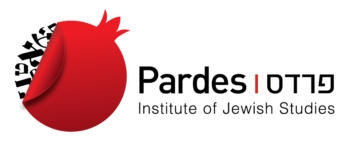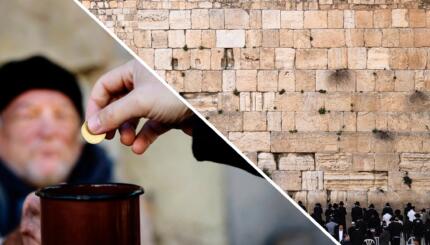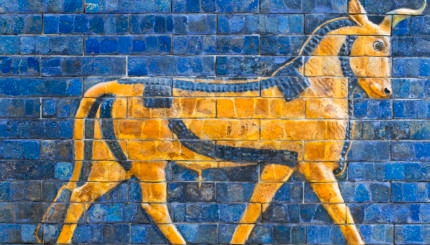Commentary on Parashat Vayakhel, Exodus 35:1-38:20; Numbers 19:1-22
Questions
1. In this week’s Torah portion, what is the first commandment that Moses announces to the children of Israel?
2. What is the second pronouncement from Moses to the congregation?
3. The biblical commandment ‘To kindle no fire on Shabbat’ has important meaning for us today. Name five examples.
With your help, My Jewish Learning can provide endless opportunities for learning, connection and discovery.
4. What further meaning did it have for the Israelites during biblical days that is not an issue for us today?
5. Who was designated to be the head of all the craftsmen in the building of the Holy Ark (as well as the other items commanded by God), and what was his tribe?
6. Who was designated to be Bezalel’s second-in-command and what was his tribe?
7. When Moses told the people that they could come and make an offering to God, what happened? Do you have an example of that happening in your own experience?
8. What was this kind of offering called?
9. Who were the three groups who brought the free will offering?
10. What type of wood was the Holy Ark made of and what was it covered with?
11. How was the Ark constructed so that it would be relatively easy to carry? Describe with specifics.
12. What were the staves made of that were used to carry the sacrificial altar?
13. What was the menorah (candlestick) made of? How many branches were there, and how were they laid out?
14. How many lamps were there for the menorahs?
Answers
1. Moses declares that “Six days shall work be done, but on the seventh day there shall be unto you a holy day, a Sabbath of solemn rest to the Lord” (35:2).
2. “Ye shall kindle no fire through your habitations upon the Sabbath day” (35:3).
3. You cannot cook, start a car, you must light your Shabbat candles before Shabbat begins; you cannot ride in an elevator (some make exceptions for a Shabbat elevator), you cannot use electricity for lights, T.V., radio, etc. (35:3).
4. We are not allowed to carry out a judgment of execution on the Shabbat, as one of the proscribed methods was burning. Thus, the matter of carrying out an execution on Shabbat was extended to other methods such as stoning.
5. Bezalel ben Uri, from the tribe of Judah (35:30-31).
6. Ahaliav, from the tribe of Dan (35:34).
7. So much was given that Moses had to call a halt to the offerings (36:5-6).
8. The offering was called a free will offering (36:3).
9. Men, women, and rulers all donated with a willing heart (35:23,25,27).
10. The Ark was made of acacia wood overlaid with pure gold both inside and outside (37:1-2).
11. Four rings of gold were attached, two to each side, through which staves of acacia wood, overlaid with gold, were placed in order to carry the ark (37:1-10).
12. The staves were made of acacia wood covered with brass (37:15).
13. The menorah was made of pure gold. It had six branches, three on each side (37:17-28).
14. The menorah had seven lamps and one in the center (37:23).
Provided by the Pardes Institute of Jewish Studies.

ark
Pronounced: ark, Origin: English, the place in the synagogue where the Torah scrolls are stored, also known as the aron kodesh, or holy cabinet.
menorah
Pronounced: muh-NOHR-uh, Origin: Hebrew, a lamp or candelabra, often used to refer to the Hanukkah menorah, or Hanukkiah.
Shabbat
Pronounced: shuh-BAHT or shah-BAHT, Origin: Hebrew, the Sabbath, from sundown Friday to sundown Saturday.
Torah
Pronunced: TORE-uh, Origin: Hebrew, the Five Books of Moses.


